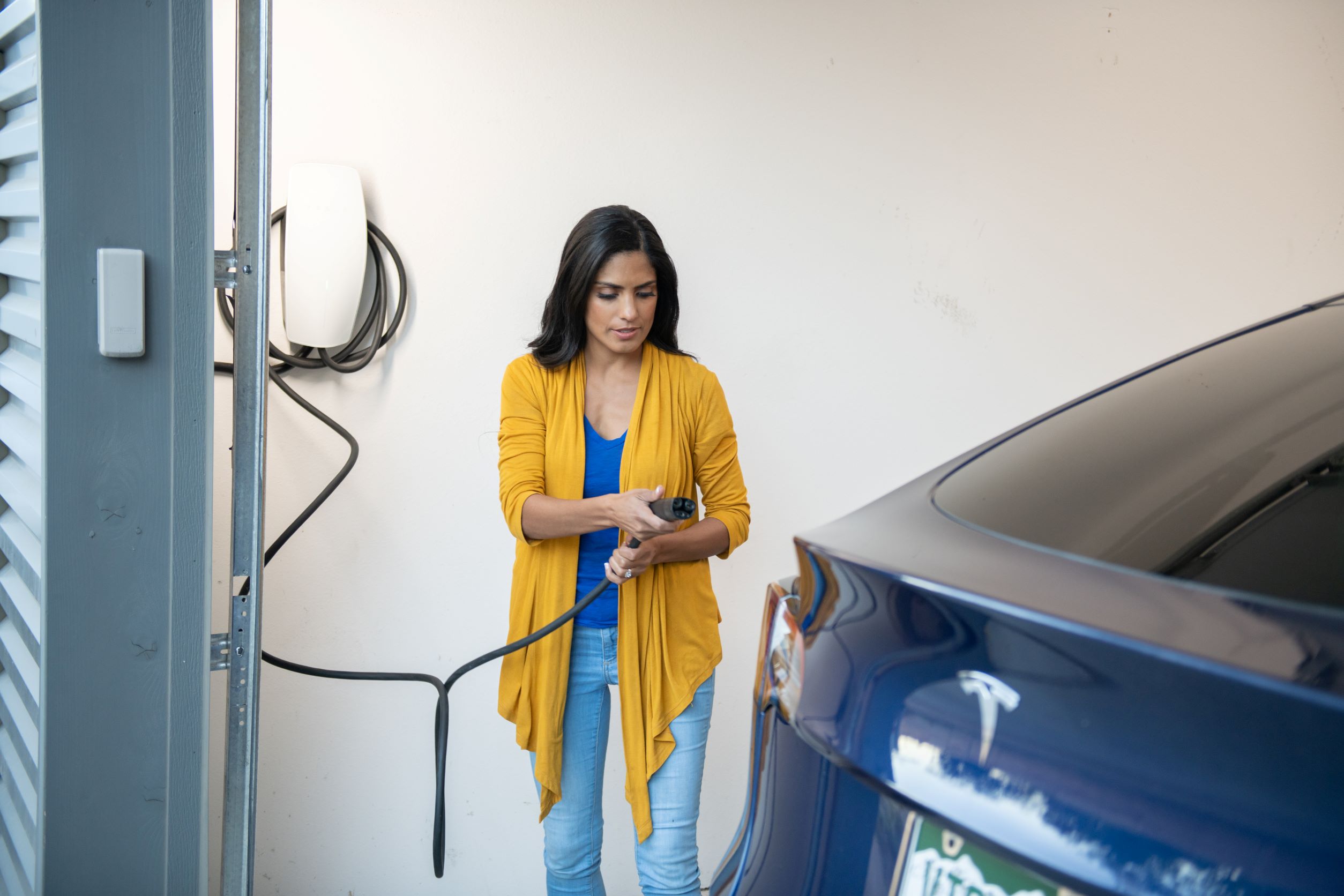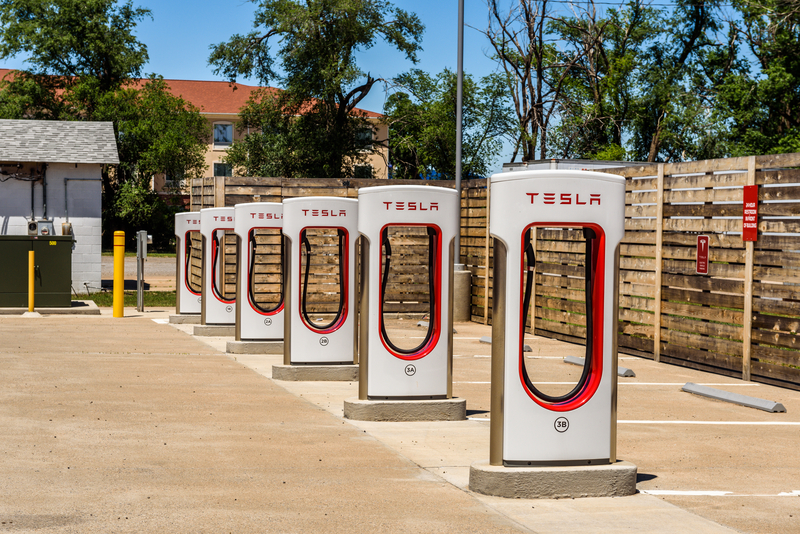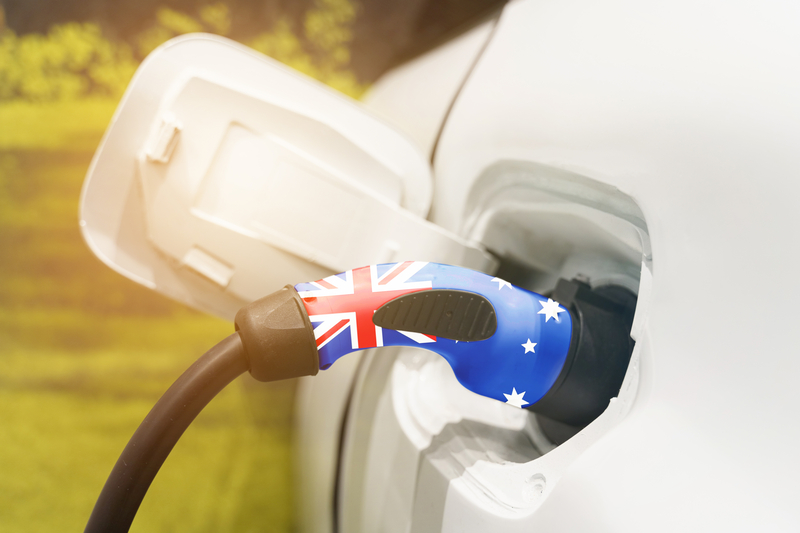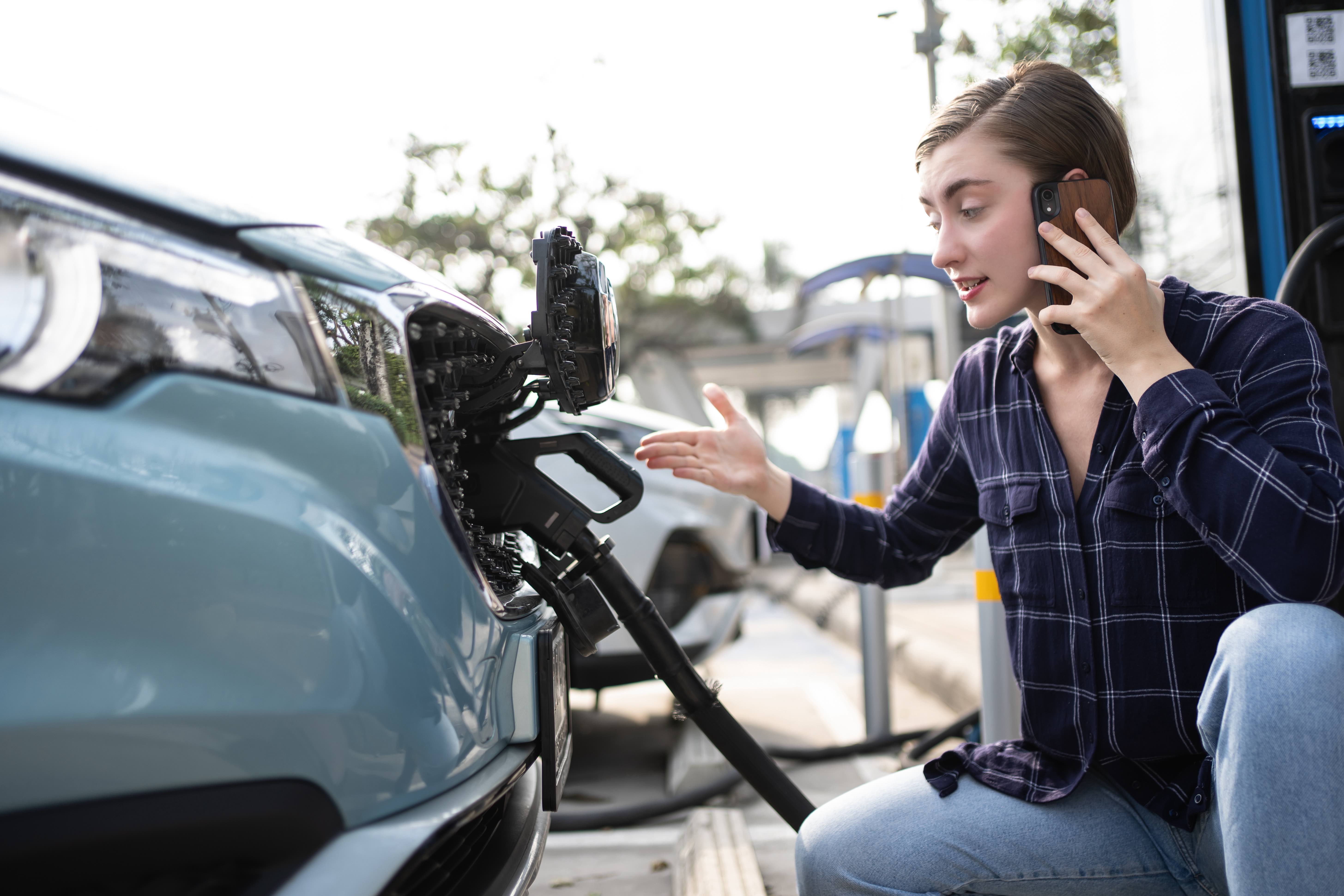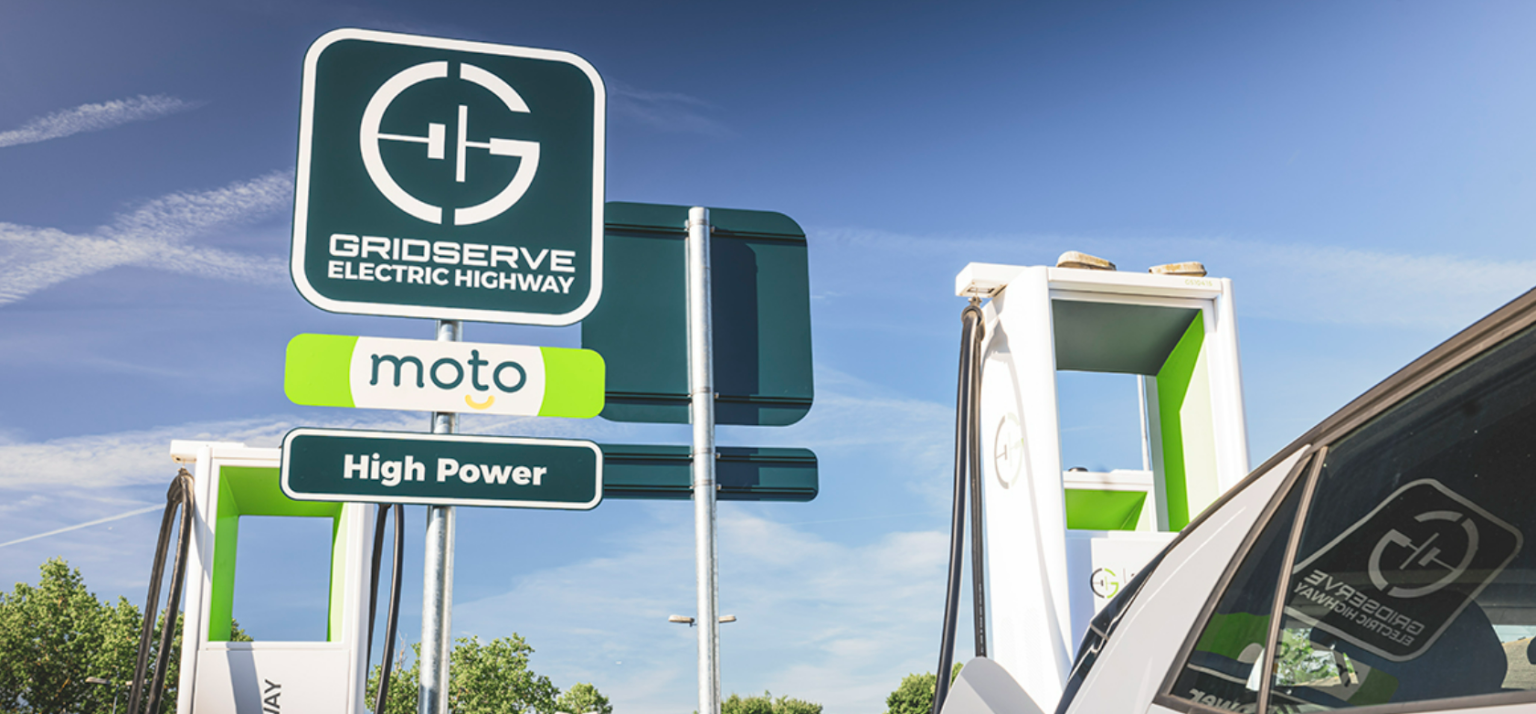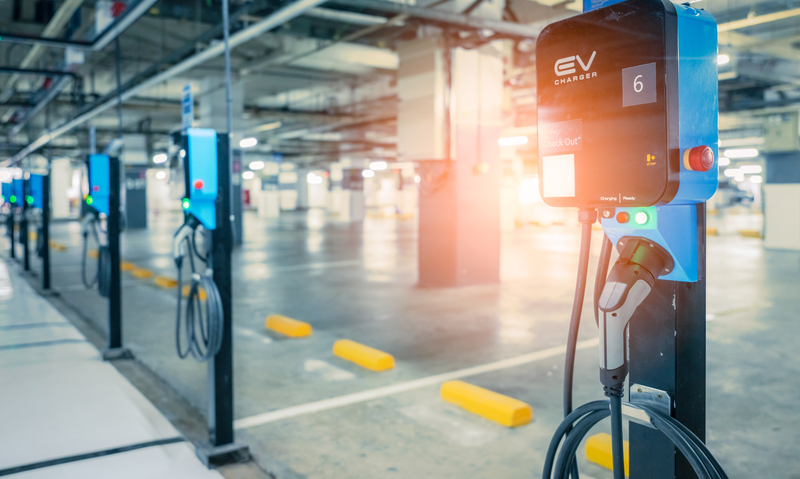
As often as electric vehicles (EVs) are in the news these days, it’s easy to forget that only around 2% of Americans own an EV, according to Kelly Blue Book. But, 36% of consumers looking for a new car are “seriously considering” buying or leasing an EV–meaning a lot of car owners are about to jump into this brand new driving and charging experience–accounting for an additional 1.8 million EVs on the road this year, according to data from Morgan Stanley.
Although EVs mean significant emissions benefits, less-frequent maintenance because of their electric motors, and better overall efficiency, they will require a significant amount of electricity—electricity that our grid will need to balance in order to maintain its resilience. However, there is one key feature of electric vehicles that can help utilities manage grid demand as more and more drivers begin plugging in and charging up: data.
EV data and its importance
Vehicle data comes from two key sources: Smart chargers that plug into the EVs themselves, and through vehicle telematics. With access to both EV charger and vehicle telematics data, utilities gain a significantly more comprehensive understanding of EV charging patterns and usage, which then informs decisions related to grid planning and management.
Data from at-home Level 2 chargers collect information such as charging session date, start time, end time, duration, energy dispensed, and can inform customers how much charging costs them. This data can help utilities monitor the charging rate of EVs and ensure that the charging infrastructure is functioning properly. By monitoring the charging rate, utilities can identify when there are issues with the charger or the grid that could cause overloading or safety problems.
Additionally, at-home charger data inform decisions related to grid upgrades and managed charging program design. While limited to data collection that only captures at-home charging, this data is highly valuable for residential load planning.
Level 2 chargers are typically sold separately from the EV itself and add an average of about 25 miles of Range Per Hour (RPH) of charging. Level 1 charging, in which the vehicle is plugged into a standard household 120-volt wall outlet, adds about five miles RPH. More and more auto manufacturers are starting to bundle Level 2 chargers with EVs as part of the financing package, which is key to managing grid demand. However, Level 2 chargers can be expensive to operate out of the home–costing anywhere from $400 and $1,200 and requiring professional installation by a qualified electrician.
Telematics data from EVs work differently in that data is gathered directly from the vehicle via devices that transmit and store telemetry data through wireless networks and onboard modems. Vehicle telematics can tell us the distance traveled, time taken, average speed during the journey and more. A majority, approximately 97%, of EVs are connected vehicles with built-in 4G or 5G cellular modems, meaning they can share their telematics data over the air when prompted. Vehicle telematics can follow charging data both at home and away and give drivers the ability to schedule their charging ahead of time, then transmit data through cellular networks.
Having access to EV telematics data can help utilities optimize the charging infrastructure beyond the confines of home charging. For example, utilities can use this data to identify when and where charging demand is highest and can then prioritize the deployment of charging infrastructure in those areas. Additionally, utilities can use the data to better understand the charging behavior of individual EV drivers (either anonymously or with their permission), which can help utilities develop pricing and rate structures that incentivize off-peak charging. Some programs have seen 80%+ of drivers shift charging times with compelling education, engagement, and incentives. Utilities that leverage both telematics and Level 2 charger data have a more holistic view of the vehicle and the energy required to keep it on the road.

Using data to operate managed charging programs
Having both level 2 charger and vehicle telematics data also dramatically increases the reach of managed charging programs, with big benefits to both drivers and the grid. For example, with the recently announced partnership between Uplight and Rolling Energy Resources (RER) Uplight can enable 88% of EVs on the road to participate in managed charging programs. These programs are so valuable because they shift the load to when energy is cheaper or when there are more renewables on the grid, creating less burden on the electrical system during peak times, at the same time saving the customer money. Not only does this help EV drivers, but it also mitigates the need for utilities to fire up peaking power plants, which are specifically used for high electricity demand and are usually an expensive, polluting energy source. Managed charging programs are still developing and innovating, and there are a myriad of combinations of technology and design choices for program managers to wade through.
The critical first step, however, is harnessing electric vehicle charging data for these programs to take off and be successful — and energy providers first need to know where EVs are to simplify the managed charging process and get ahead of an increased load on the grid. Vehicle data can help derive actionable insights and outcomes for managed charging programs, utilities, and their customers. With both telematics and data from Level 2 chargers, managed charging can ensure EVs are properly powered when needed, ensuring customer comfort, while supporting a more reliable, resilient grid. Managed EV charging can operate automatically, adjusting power levels or shifting charging sessions, or with behavior changes, where drivers opt to charge when there is less strain on the grid and energy rates are lower.
The current and future influx of EVs requires an innovative approach to managing electric demand from vehicle charging. By connecting to all EV brands, launching more managed charging programs, and making charging data available regardless of make and model, utilities will be able to understand the impact of EV charging on their grids and develop effective programs to manage those loads. By ingesting data from both Level 2 chargers and EV telematics, utilities can achieve wider data coverage and higher program accessibility. With this information, utility providers can work to create programs to help balance the grid before EVs become mainstream. Insight from EV data is often overlooked, but a crucial component to make a more viable and resilient grid. Ensuring that the growth of EVs is sustainable and manageable can not only help promote their widespread adoption, but also create a decarbonized transportation sector–driving the change our world needs.


